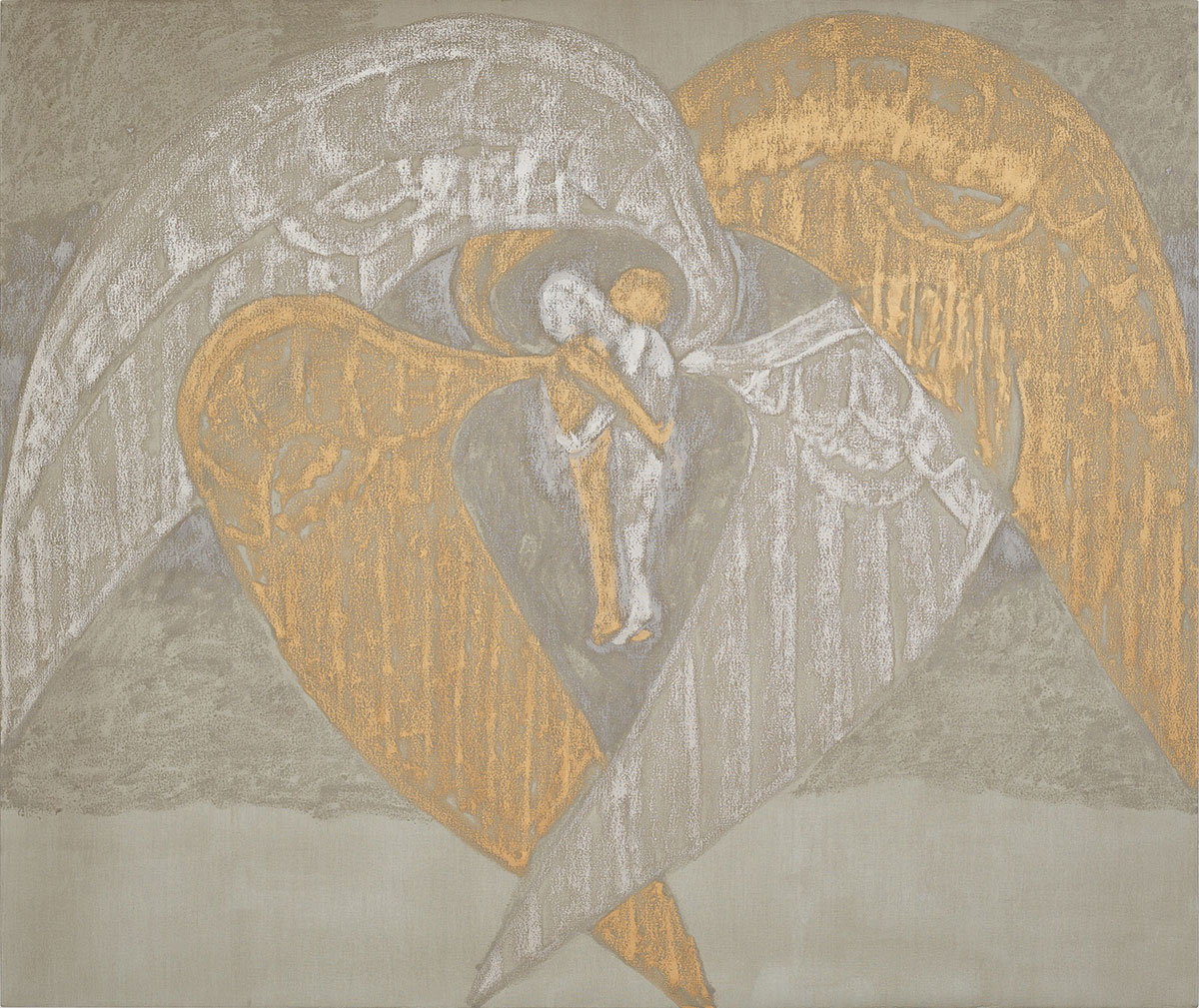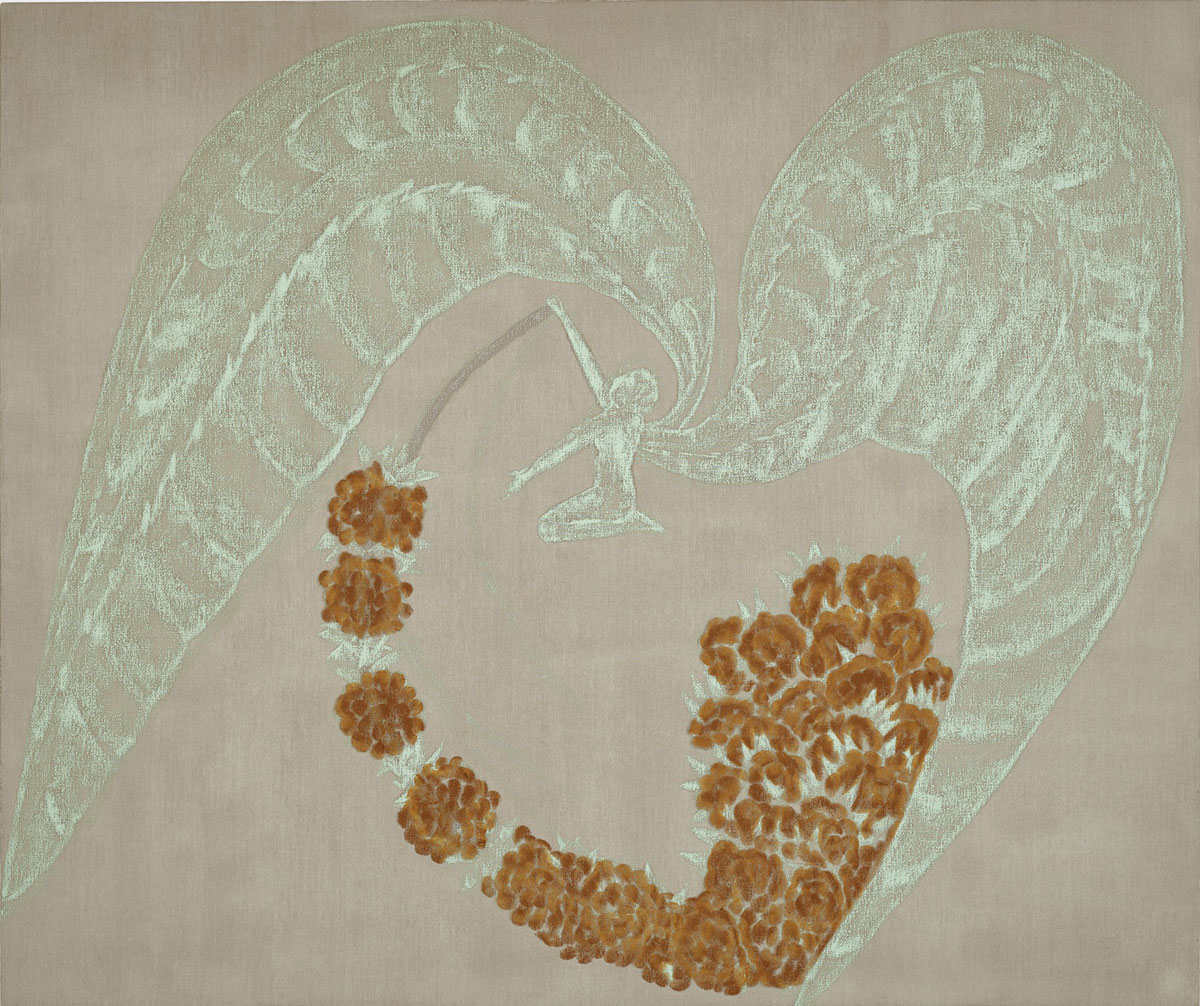PRESENTATION: Old Friends Francesco-Clemente, David Salle, Julian Schnabel
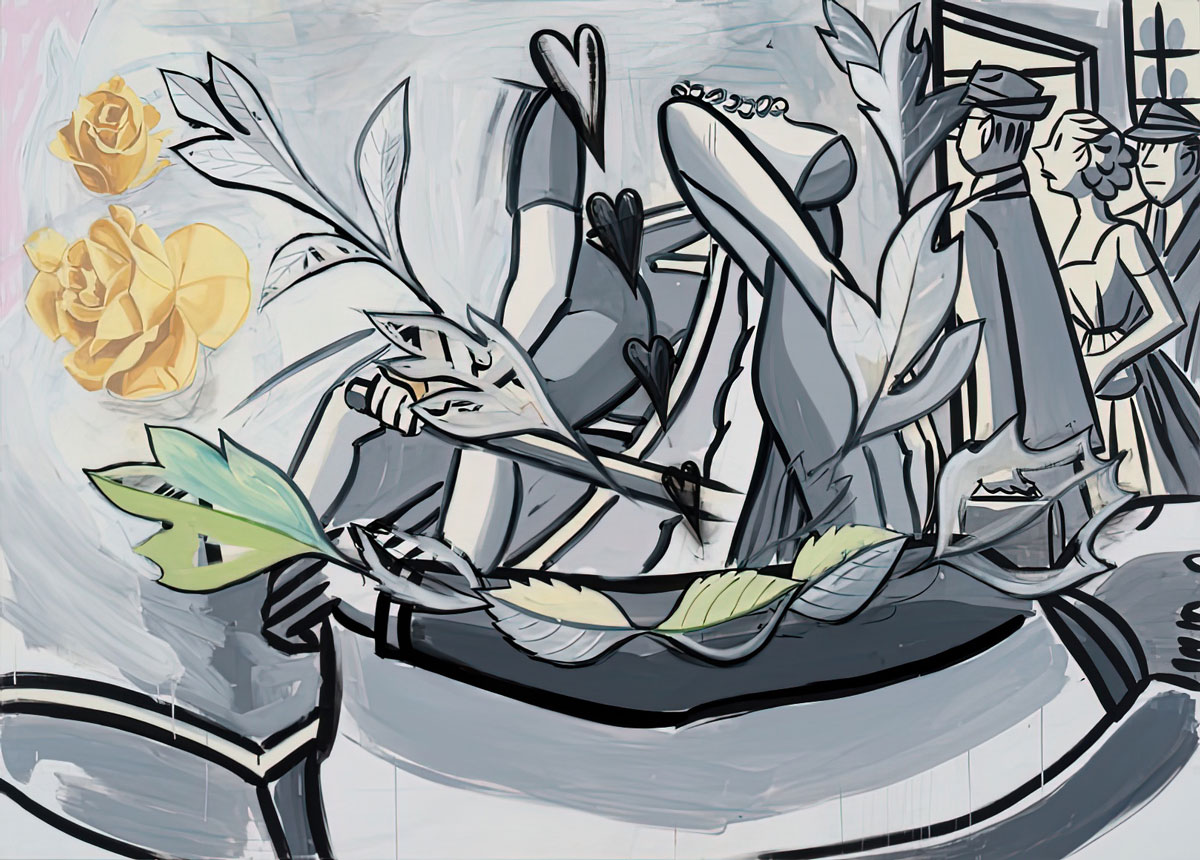 Francesco Clemente, David Salle, and Julian Schnabel each emerged on the New York art scene in the early 1980s. As contemporaries and close friends, they were identified collectively as part of the Neo-Expressionist group, a new generation of young painters. While stylistically diverse, they were united by a shared interest: a renewed approach to figural representation that radicalized both the city’s famous downtown art scene and a traditional medium previously declared “dead.”
Francesco Clemente, David Salle, and Julian Schnabel each emerged on the New York art scene in the early 1980s. As contemporaries and close friends, they were identified collectively as part of the Neo-Expressionist group, a new generation of young painters. While stylistically diverse, they were united by a shared interest: a renewed approach to figural representation that radicalized both the city’s famous downtown art scene and a traditional medium previously declared “dead.”
By Efi Michalarou
Photo: Vito Schnabel Gallery
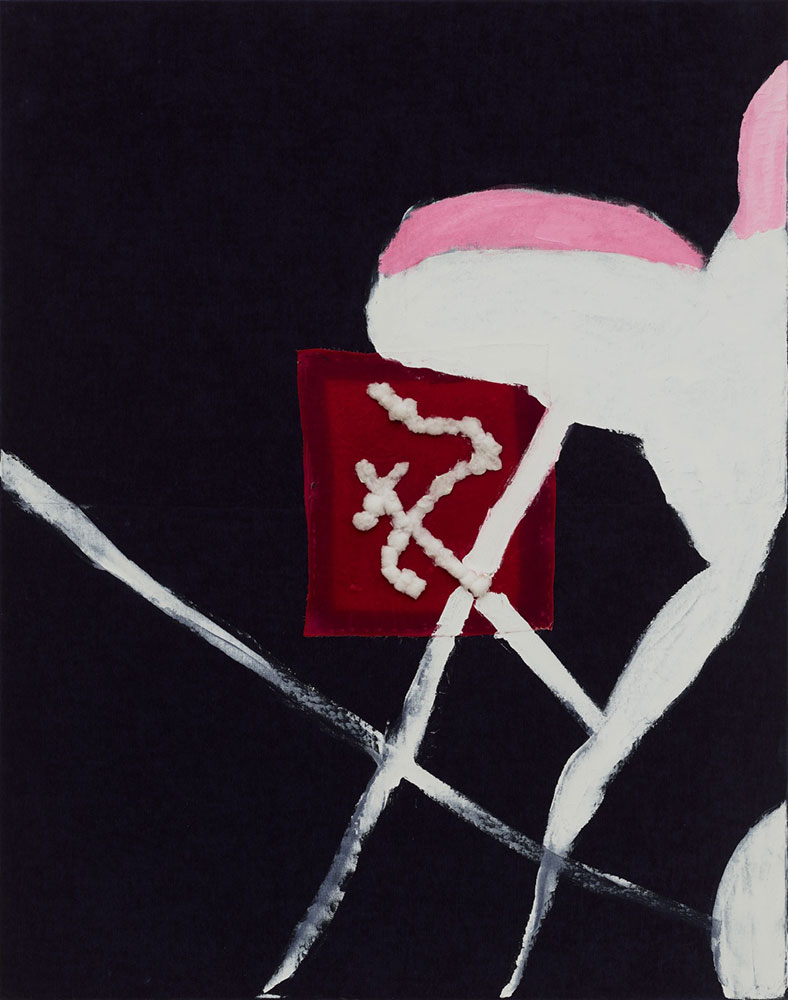
The exhibition “Old Friends: Francesco Clemente, David Salle, Julian Schnabel” focuses upon three era-defining New York artists whose work forged new directions in contemporary painting. New York in the 1980s was emerging from a state of near bankruptcy and political ruin to become a place pulsating with a vibrant cultural zeitgeist, brimming with new artistic freedoms and creative possibilities. Although Cold War tensions, rising crime rates, the crack epidemic, an intensifying wealth gap, the AIDS epidemic, and political upheaval loomed large, a young generation of artists were arriving in the city. Italian-born Francesco Clemente moved permanently to Manhattan in 1980, establishing his studio in the all-but-forgotten streets of NoHo. His rise to prominence as part of Italy’s Transavanguardia movement drew international attention at the 39th Venice Biennale. Meanwhile, the Americans David Salle and Julian Schnabel had both came to New York during the early to mid-1970s. Salle had recently completed his MFA at California Institute of the Arts studying under John Baldessari, while Schnabel established his footing in New York during the earlier part of the decade, undertaking his studies at the Whitney Museum of American Art. Nearly overnight, the art scene erupted with a boom. And at the forefront of Neo-Expressionism, Schnabel, Salle, and Clemente led the way, presenting their work in a series of solo exhibitions that attracted rapt attention, and they eventually converged at the gallery Mary Boone. Never in recent memory had a group of young artists exhibited so rapidly or commanded the attention of critics, curators, and the art market with such intensity, representing themselves in one or two shows a year; consecutive shows nearly every year; or multiple gallery shows simultaneously. The return to figuration led by Clemente, Schnabel, and Salle catalyzed a profound new interest in image-making and narrative, characterized by a sensual and viscerally expressive form of mark-making and pictorial innovation on the surface of the canvas. Old Friends at Vito Schnabel Gallery celebrates the three artists’ contributions to the trajectory of contemporary painting and highlights the evolution of their respective practices over the past four decades. Since the 1980s, Francesco Clemente has been absorbed in an interior monologue, inspired by a heterogeneous array of traditional and symbolic languages. He chose early in his career to concentrate on painting as a model of inner reconciliation and went on to pursue an approach to image-making inspired by symbolism, allegory, and myth that revolved around the body as the boundary between inner and outer self. While his oeuvre draws reference to the alchemic emblems and tantric lore of India’s philosophical, spiritual, and aesthetic ideologies, the artist continues also to draw upon his fascination with Islamic mysticism through the writings of Henry Corbin and his personal encounters with Sufi teachings and music. In “Wings of Desire” (2022), a new body of work on view in the exhibition, angels appear in Clemente’s iconography. Sensual and erotic, his lexicon of imagery arises from a diverse and complex landscape of cultures, remote legends, and forgotten ages, alluding to Shiite cosmology, William Blake and the Christian mystic Emanuel Swedenborg. His works are concise and contemporary, expressing his quest to ponder the arcane and fully understand life as non-linear. Rendered in a soft, evanescent palette of pastel and earthen pigments on a ground of grey-green slate, the paintings in “Wings of Desire” act as talismans, meant to offer the calm expanse of the horizon to the viewer and invite him to fly. Known for his distinctive visual syntax and sophisticated pictorial structure, David Salle orchestrates dynamic compositions that appropriate and reconstitute images in unlikely juxtapositions. His bravura paintings celebrate the complexity of painting’s plasticity and the way in which each part relates to the whole. Incorporating the language of film and cinematic techniques, Salle creates a pictorial space that is deliberately fragmented, playing with allusion and depth to create scenes layered within and behind one another, injecting humor, drama, and buoyancy. Over the course of the past four decades, his practice has consistently probed the ways by which images are recognized and perceived. A willful conductor of composition, he directs the path the viewer’s eyes move within the canvas, insisting that we participate in the construction of narrative and meaning. The exhibition includes a selection of large-scale paintings from 2018-2020, in which Salle juxtaposes a familiar cast of characters in black and white with vivid, colorful images culled from advertising or the mass media. His grisaille protagonists are appropriated from a single source: Peter Arno cartoons published by The New Yorker magazine in the 1930s, ‘40s. and ‘50s. Drawn to their formal values of light and shadow, Salle here employs their forms as backdrop for his pictures, capitalizing on the effects of mood and the way in which their contrasting tones galvanize attention on the pictorial plane. Illustrating the course of his long exploration of materiality and figuration, Julian Schnabel presents a selection of new and recent works, as well as one early plate painting from 1984. Schnabel’s practice has always embraced unconventional methods– from employing velvet as his canvas, to layering shattered shards of ceramic onto wooden supports– to explore the physical potentials of the pictorial surface. His subjects are non-hierarchical, drawn from personal narratives and sources that span history and mythology while reflecting the artist’s interest in philosophy and contemporary thought and humor. On view in the exhibition are two self-portraits of Caravaggio that Schnabel created in 2020. Exuberantly sculptural and tactile, the surfaces of these two plate paintings creating visual splendor while suggesting a tension between identity and history. Schnabel’s new paintings, in plates and on velvet, highlight the evolution of his visual language and the relationship that manifests between figuration and abstraction. Velvet, which Schnabel has used as a material since the early eighties, is imbued with its own weight and history. Its pristine color relinquishes itself to the artist’s gestures, giving way here and creating resistance there to Schnabel’s brush. Employing modeling paste on velvet, layering spray paint and oil, and adhering cotton balls to the surface, Schnabel creates fracture and complex textures where pigment and color appear to inhabit a different pictorial space.
Photo: David Salle, Love and Friendship, 2019, Oil, acrylic, and charcoal on linen, 60 x 84 inches (152.4 x 213.4 cm), © David Salle / ARS, New York 2022; Photo by John Berens
Info: Vito Schnabel Gallery, Via Maistra 37, St. Moritz, Switzerland, Duration: 27/12/2022-21/1/2023, Days & Hours: By appointment only (book here), www.vitoschnabel.com/
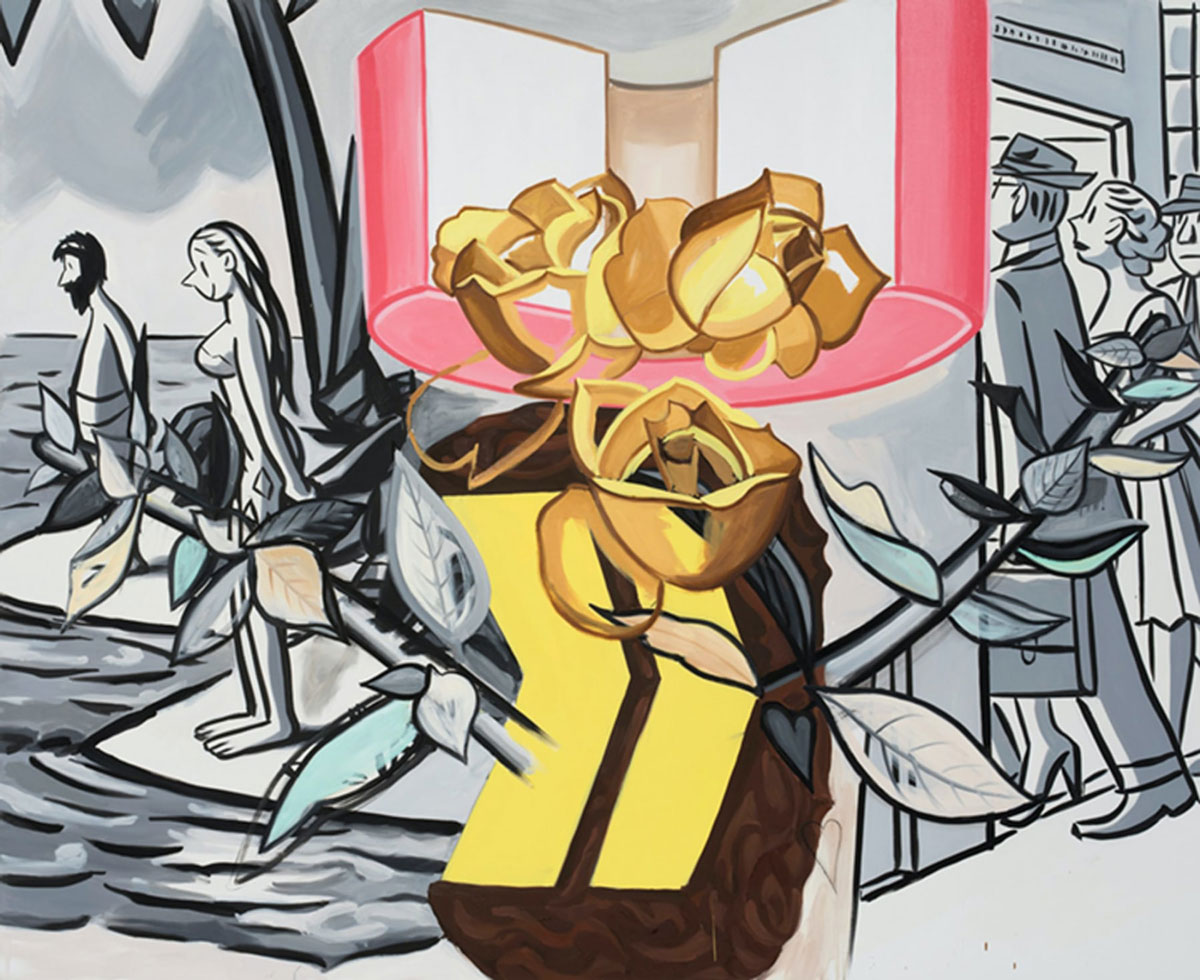
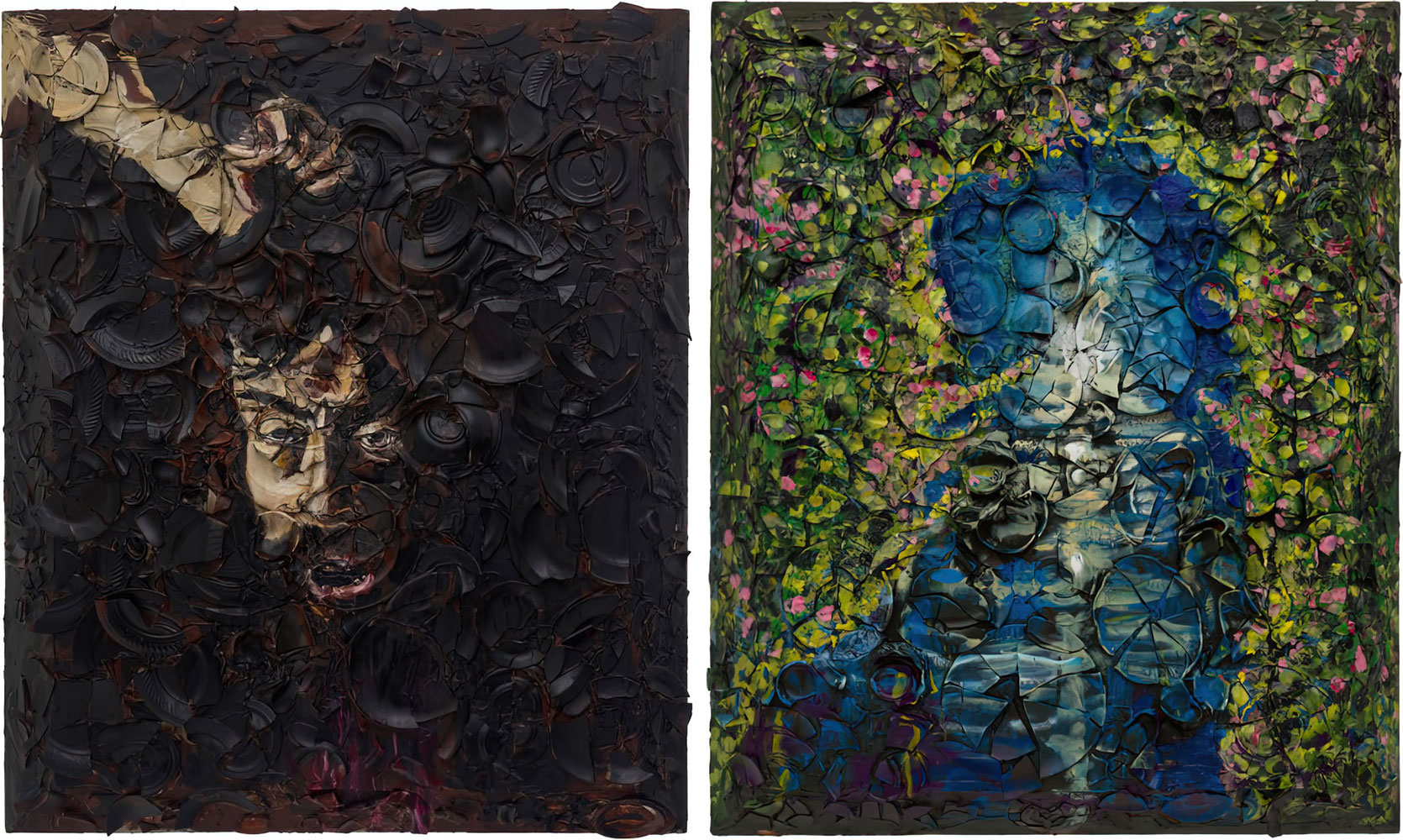
Right: Julian Schnabel, TBC, 2022, Oil, plates and bondo on wood, 72 x 60 inches (182.9 x 152.4 cm), © Julian Schnabel; Photo by Tom Powel Imaging; Courtesy the artist and Vito Schnabel Gallery
